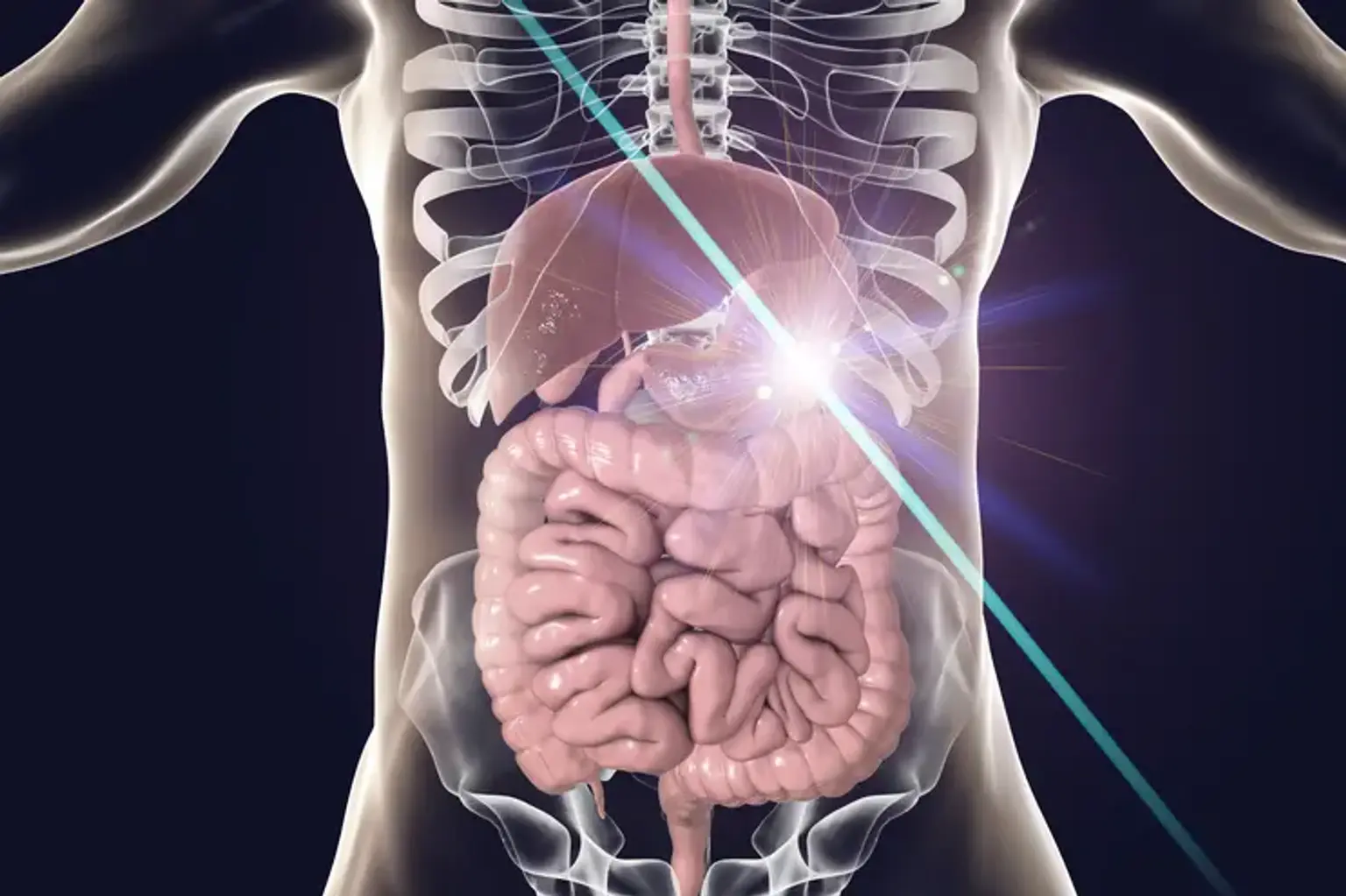Introduction
Over the past few decades, advanced laser surgery for skin has become one of the most popular and effective non-surgical cosmetic treatments worldwide. Whether you’re looking to address acne scars, sun damage, wrinkles, or skin texture issues, laser technology offers a minimally invasive solution with quick recovery times. This procedure has revolutionized skincare, providing patients with impressive results that were once only achievable through more invasive surgeries.
With advancements in laser technology, more people are opting for these procedures to enhance their skin’s appearance, improve their self-esteem, and maintain youthful skin. The global appeal of laser skin treatments is driven by their ability to deliver exceptional results without the need for long hospital stays or extensive downtime. As these treatments continue to evolve, they are making their way into mainstream beauty and wellness practices across the globe.
What is Advanced Laser Surgery for Skin?
Advanced laser surgery for skin refers to a collection of sophisticated laser techniques used to treat a wide variety of skin concerns. Laser surgery uses focused light beams to target specific layers of the skin, helping to stimulate collagen production, reduce wrinkles, smooth scars, and even out pigmentation. Unlike traditional surgical procedures, lasers are non-invasive and don’t require incisions, making the procedure far less traumatic for the skin.
Laser technology can be classified into different types, each designed to address specific skin issues:
CO2 Lasers: These are the most commonly used lasers for skin resurfacing. They work by removing layers of damaged skin cells, improving skin texture and treating deeper wrinkles.
Fractional Lasers: Fractional lasers work by targeting microscopic areas of the skin with laser beams, promoting healing and rejuvenation without disturbing the surrounding tissue. This type is particularly effective for acne scars and skin tightening.
Erbium Lasers: This type of laser is often used for superficial skin resurfacing and is less aggressive than CO2 lasers, making it ideal for individuals with lighter skin tones or those seeking more subtle improvements.
Laser treatments are customizable depending on the type of laser used and the specific skin issue being addressed. These procedures can also be tailored to fit the needs of the patient, with varying intensity levels and session lengths. The result is smoother, clearer, and more youthful-looking skin.
